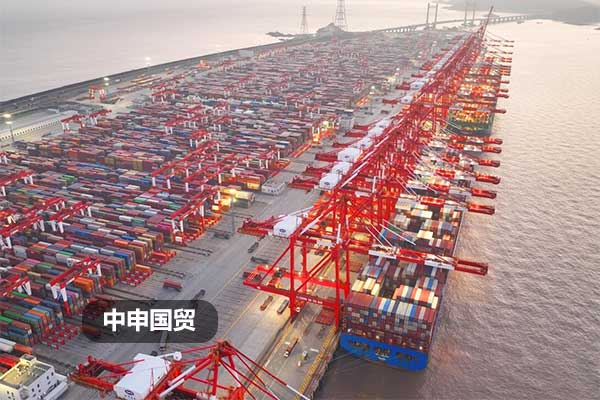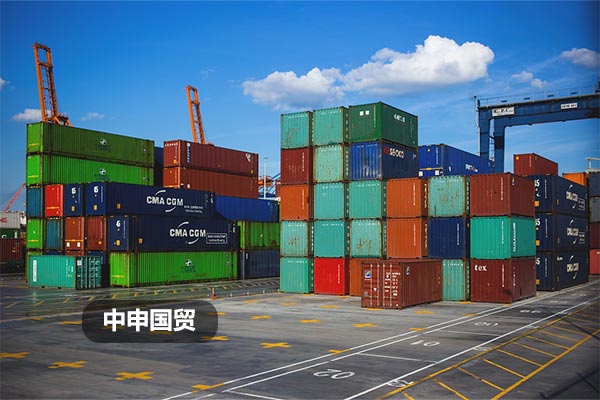- Shanghai Zhongshen International Trade Co., Ltd. - Two decades of trade agency expertise.
- Service Hotline: 139 1787 2118
With the rapid growth of the Chinese machinery and equipmentexport to Southeast Asiamarket, disputes over fees in the customs inspection link have become the focus of attention of both buyers and sellers. From the perspectives of international trade terms, Southeast Asian customs policies and industry practices, this article systematically sorts out the liability division and charging standards of inspection fees, providing decision - making reference for enterprises.

I. Analysis of the Party Responsible for Southeast Asian Customs Inspection Fees
Trade terms determine the core liability
- EXW/FOB terms: The buyer shall bear all inspection fees (including container opening fees, demurrage fees, resealing fees, etc.), and the seller only needs to cooperate in providing documents.
- CIF/DDP terms: The seller shall bear the direct costs (such as inspection labor costs) generated by the customs inspection, but indirect costs such as demurrage fees are usually paid by the buyer.
Industry Warning: Countries such as Malaysia and Indonesia will impose additional fines based on HS code errors or declared value deviations, and such fees are by default borne by the responsible party (the declarant).
Liability transfer in special scenarios
- The buyer requests to change the bill: If the inspection is caused by the buyers temporary modification of the product name or parameters, the relevant fees shall be borne by the buyer.
- Fault of the third - party logistics: For inspections caused by the customs brokers failure to submit certification documents, compensation can be claimed from the service provider as agreed in the contract.
II. Comparison of Inspection Fee Standards in Major Southeast Asian Countries
Basic inspection fee (charged per container)
| Market Share | 20 - foot container (USD) | 40 - foot container (USD) |
|---|---|---|
| Vietnam | 80-120 | 150-200 |
| Thailand | 100-150 | 180-250 |
| Indonesia | 200-300 | 350-500 |
Types of additional fees
- Demurrage: Tanjung Priok Port in Indonesia charges 0.1% - 0.3% of the cargo value per day
- Manual container unpacking fee: Manila Port in the Philippines charges by man - hour (50 - 80 US dollars per hour)
- Laboratory testing fee: Singapore compulsorily charges SGD 400 - 800 per batch for electrical equipment
III. 3 Practical Strategies to Reduce Inspection Costs
Clarify the liability boundary in the contract terms
It is recommended to add the following clause to the sales contract:
If customs inspection occurs due to differences in commodity classification, origin marking, or technical standard recognition, the buyer shall cooperate in providing supplementary documents, with related costs borne by the responsible party.,
Pre - declaration compliance review list
- ASEAN FORM EIt is recommended to verify through the following methods:Consistency check with the bill of lading
- Local adaptation of equipment power parameters and energy efficiency labels (such as Thailands TISI certification, Malaysias SIRIM certification)
- Loading and unloading safety certificate for heavy machinery (mandatory requirement at Hai Phong Port in Vietnam)
Select local service providers
Cooperating with freight forwarders with bonded warehouses in Southeast Asia, the tariff guarantee deferral mechanism can be used to reduce demurrage expenses.
The game of Southeast Asian customs inspection fees is essentially a competition of risk control capabilities. Export enterprises need to establish a systematic solution including pre - review of documents, optimization of trade terms, and a localized service network, so as to maximize profits while ensuring delivery efficiency. It is recommended to regularly entrust professional institutions to conduct HS code compliance audits and control the inspection rate below 5% of the average level of Southeast Asian customs.
Related Recommendations
Learn
Get in Touch
Email: service@sh-zhongshen.com
Related Recommendations
Contact via WeChat

? 2025. All Rights Reserved. Shanghai ICP No. 2023007705-2  PSB Record: Shanghai No.31011502009912
PSB Record: Shanghai No.31011502009912









